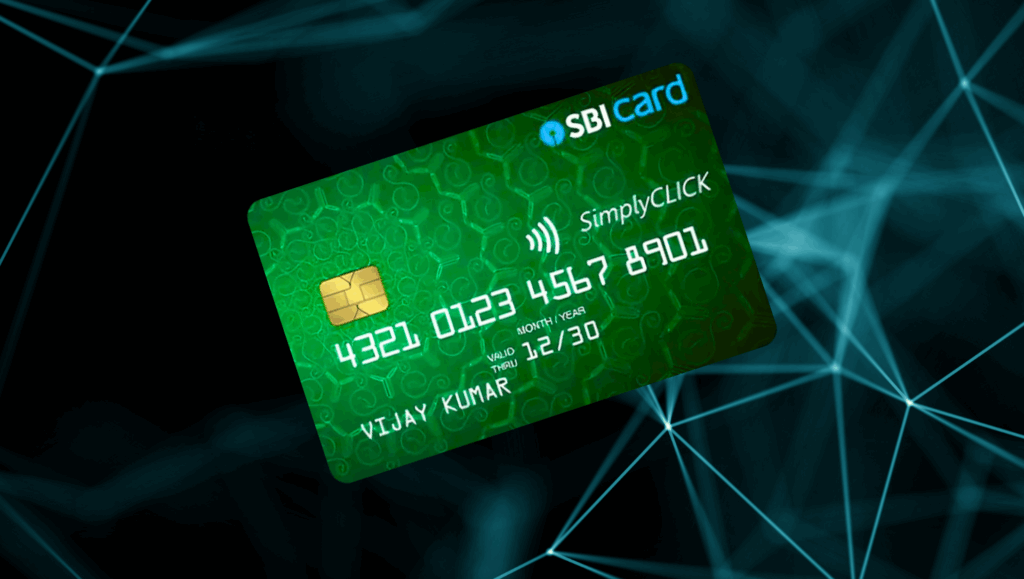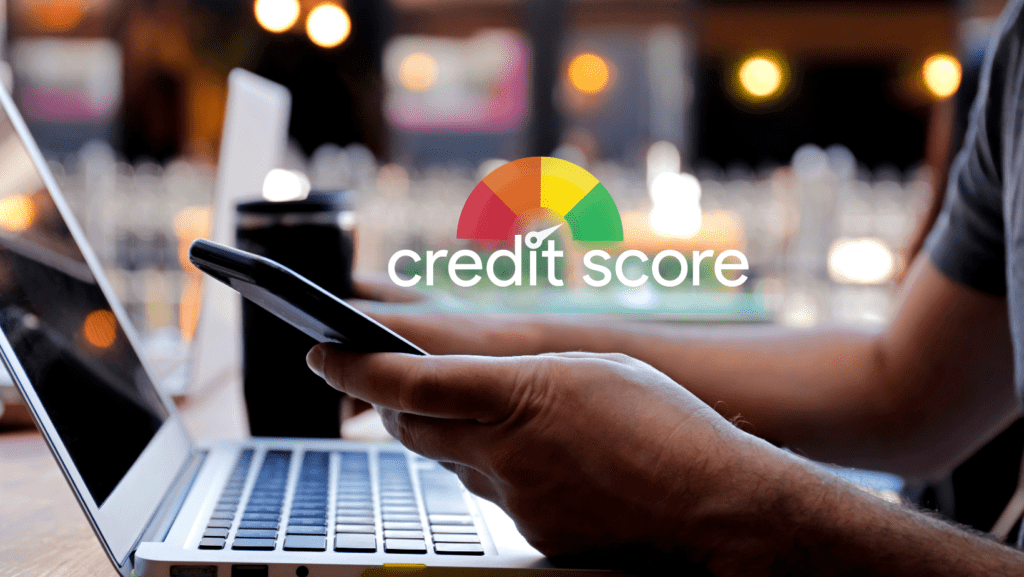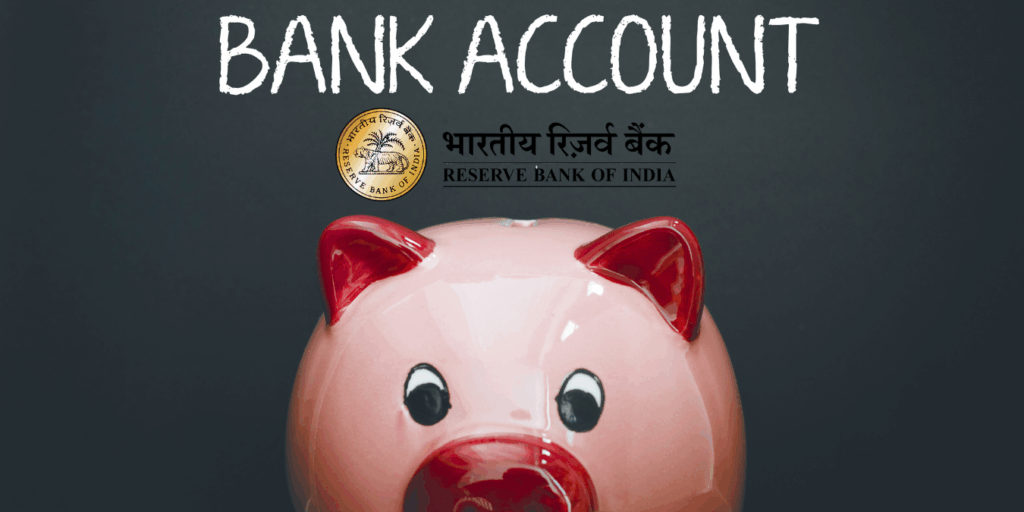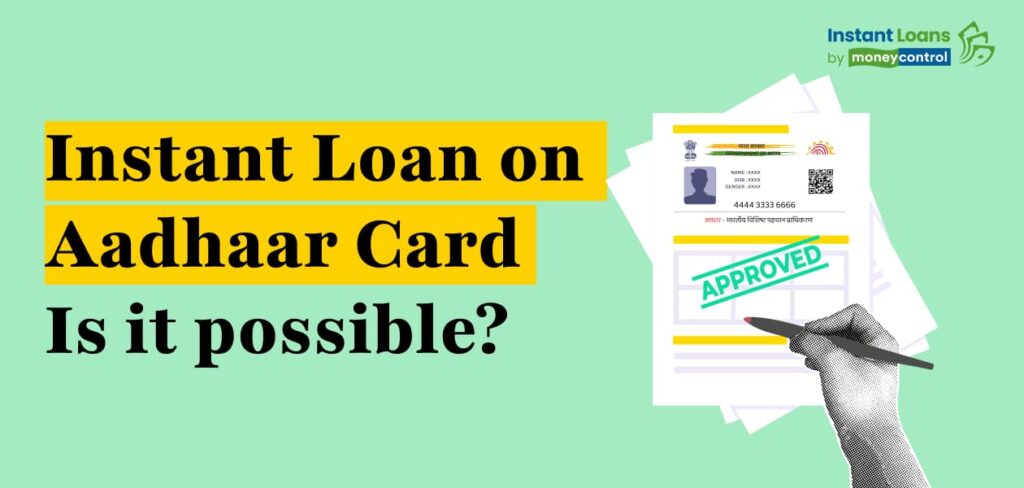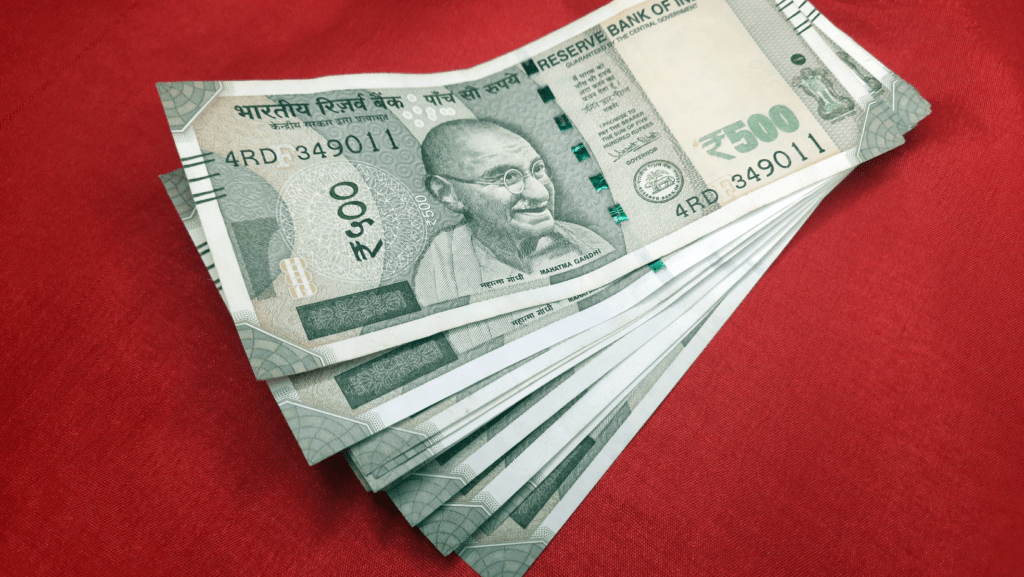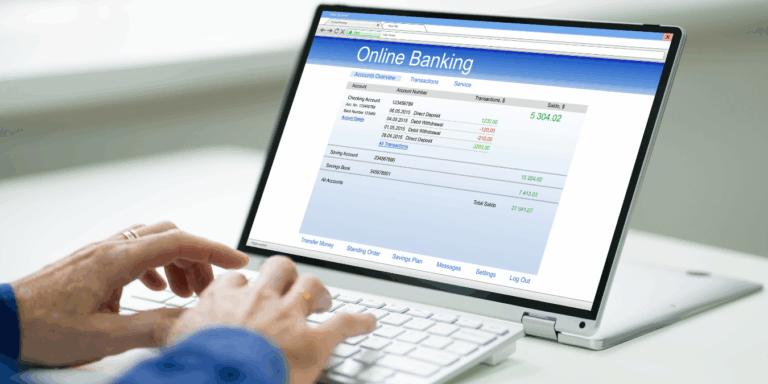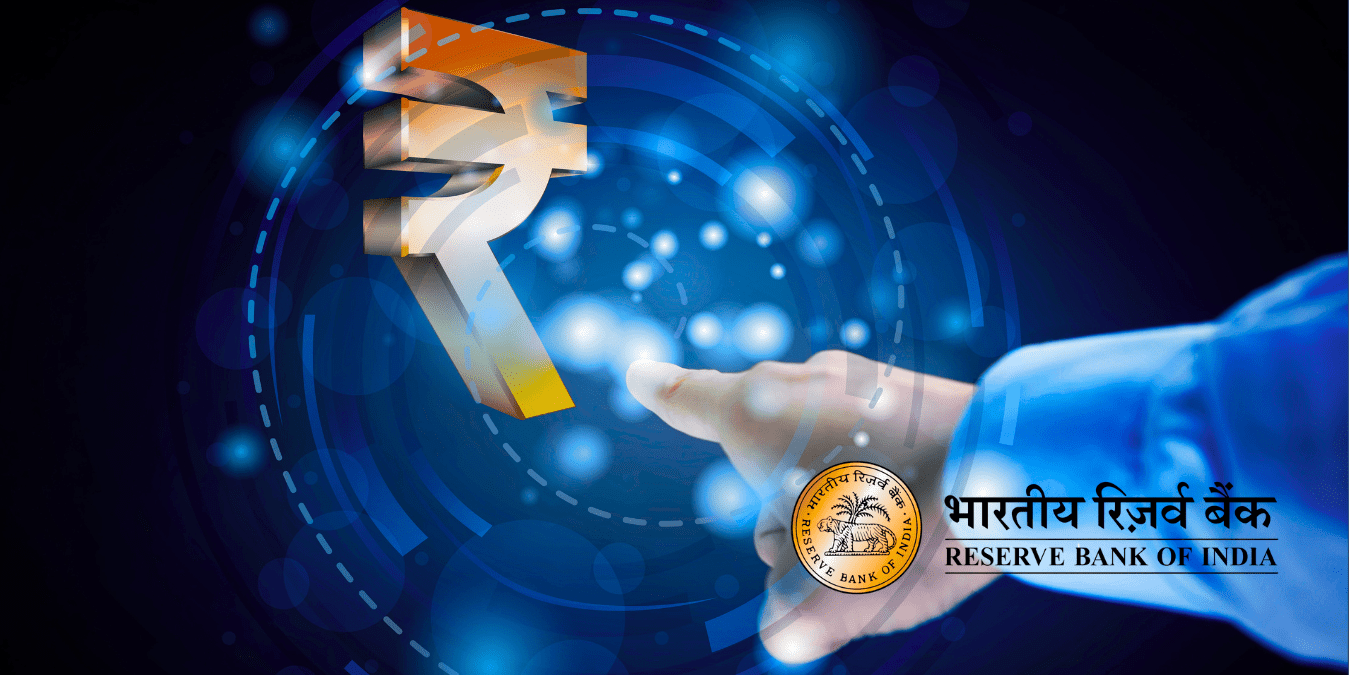
Digital Rupee (CBDC) 2025: What Will Happen When Every Rupee You Spend Is Tracked?
India’s 2025 Digital Rupee launch is rewriting the rules of money — promising faster payments, zero counterfeit risk, and full government backing. But behind this Smart innovation lies a hidden twist that could change how every Indian saves, spends, and stays private. Is this the end of black money or the beginning of total financial surveillance? Here’s the shocking truth about RBI’s new CBDC system, how it will affect your wallet, and why experts are calling it the most powerful economic shift of this decade.
Imagine a world where every rupee you spend — from your morning chai to your luxury watch — can be instantly verified, securely tracked, and digitally stored under your name. No cash, no middlemen, no counterfeit currency. Just one Smart Rupee, directly issued and guaranteed by the Reserve Bank of India.
Sounds futuristic? It’s already here.
India has officially launched its Digital Rupee (Central Bank Digital Currency – CBDC) — a move that could redefine not just how we pay, but how we think about money itself. This isn’t just another fintech app or crypto fad. It’s the Indian government’s way of creating a secure, sovereign, and programmable version of the rupee — one that blends the convenience of UPI with the trust of traditional cash.
So what does this mean for you, your privacy, and the economy? Let’s unpack the revolution no Indian can afford to ignore.
What Exactly Is the Digital Rupee?
The Digital Rupee (e₹) is India’s official digital currency, issued and regulated by the Reserve Bank of India (RBI). It holds the same value as the cash notes in your wallet — only it exists in digital form.
Unlike cryptocurrencies like Bitcoin, the digital rupee isn’t volatile or decentralized. It’s fully backed by the Government of India, making it a legal tender — as real as the ₹500 note you withdraw from an ATM.
In simple terms:
- 1 Digital Rupee = 1 Regular Rupee
- You can send or receive it instantly via your smartphone.
- It doesn’t need a bank intermediary for value transfer.
- Every transaction is recorded securely on RBI’s blockchain-based system.
The result? Transparent, tamper-proof, and traceable money.
The Hidden Problem India Is Trying to Solve
To understand why India is embracing digital currency, you need to know the issues it’s tackling head-on.
1. Black money & laundering:
Cash transactions are nearly impossible to trace, fueling corruption, tax evasion, and illegal trade. With the digital rupee, each transfer is traceable — making it much harder to hide unaccounted wealth.
2. Counterfeit notes:
Fake currency has been a long-standing threat. A digital rupee, being electronic and encrypted, cannot be counterfeited or duplicated.
3. Cross-border inefficiencies:
Global remittances and international trade often pass through multiple intermediaries. A blockchain-backed digital rupee could enable near-instant settlements between countries, cutting fees and delays.
4. Financial inclusion:
With the Digital Rupee, even those without bank accounts can store and transact money via secure digital wallets, empowering India’s rural and unbanked population.
This is more than just innovation — it’s an economic reset designed for Smart Governance.
How the Digital Rupee Actually Works
While the concept sounds complex, the user experience is surprisingly simple.
Think of it like this:
Your bank account holds deposits (liabilities of the bank).
Your Digital Rupee wallet stores CBDC units (liabilities of the central bank).
Key mechanics:
- Issued by: Reserve Bank of India
- Distributed through: Partner banks (like SBI, ICICI, and HDFC)
- Stored in: RBI-approved e-wallets
- Transfer method: QR codes, wallet-to-wallet, or even offline near-field payments
- Ledger type: Centralized, permissioned blockchain — secure but not anonymous
Every transaction you make is recorded in RBI’s database — but only authorized entities can view it. The government describes this as “traceable but privacy-preserving,” balancing transparency with user protection.
Digital Rupee vs. UPI — What’s the Difference?
India already leads the world in digital payments through UPI (Unified Payments Interface). So if we already have instant transfers, why do we need a digital rupee?
| Feature | Digital Rupee (CBDC) | UPI / Bank Transfer |
| Issuer | Reserve Bank of India | Commercial banks |
| Currency Type | Legal tender | Bank deposit transfer |
| Intermediary | No | Yes |
| Offline Capability | Yes (select pilots) | No |
| Interest | None | Possible (via savings account) |
| Traceability | Full | Partial |
| Settlement Time | Instant | Instant, but through third party |
In short, UPI moves money, while Digital Rupee is money.
UPI transactions rely on your bank balance. Digital Rupee transactions settle instantly between wallets, without involving the banking layer — a subtle difference that could reshape national infrastructure.
The Shocking Global Context Behind India’s Move
India isn’t acting in isolation. Around 130 countries are exploring or experimenting with CBDCs, including China, the Eurozone, and the U.S.
- China has already rolled out its e-CNY in more than 20 cities.
- Europe is piloting the Digital Euro.
- Nigeria and Bahamas have launched digital currencies for public use.
But India’s approach is unique. With over 350 million digital-payment users, a massive UPI ecosystem, and a data-secure Aadhaar framework, India is arguably the world’s most ready CBDC environment.
The timing is also strategic: as digital commerce booms and crypto remains largely unregulated, India aims to offer a government-backed alternative — stable, legal, and scalable.
How Businesses and Banks Will Be Affected
This launch doesn’t just impact consumers — it’s set to transform the banking and business landscape.
1. Instant settlements for merchants:
Businesses can receive payments directly in their CBDC wallets, eliminating card fees, UPI charges, or settlement delays.
2. Programmable money:
Smart contracts could enable “conditional rupees” that automatically execute transactions — like insurance payouts or government subsidies — once specific conditions are met.
3. Real-time taxation:
Since CBDC is trackable, the system could allow automated GST or TDS deductions, simplifying compliance for both companies and regulators.
4. Bank disintermediation concerns:
If people prefer storing CBDC directly, commercial banks could see reduced deposits — forcing them to innovate or offer new value-added services.
For the banking sector, the digital rupee is both a threat and opportunity — one that will reshape how money moves through India’s financial arteries.
The Privacy Question: Is the Digital Rupee Too Powerful?
Here lies the biggest concern — surveillance.
If every transaction is traceable, does that mean the government can monitor every rupee you spend?
Officials claim that while transaction data is encrypted, users’ identities are anonymized up to certain thresholds. For large-value transfers, KYC and reporting rules apply, just like today’s banking ecosystem.
Still, privacy advocates warn about potential “overreach.” The balance between national security and individual privacy will likely define the next phase of debates around CBDC governance.
Expect India’s Digital Personal Data Protection Act (DPDPA) and RBI frameworks to play key roles in managing these ethical questions.
Pilot Success: What Early Trials Revealed
India began its CBDC pilot in 2022 across selected banks and cities. The results revealed some fascinating early insights:
- Over 1.5 million retail users and 300,000 merchants participated.
- The system successfully enabled offline transactions in remote areas.
- Participants cited ease of use and faster settlements as major benefits.
- Issues like interoperability and wallet usability are still being refined.
By October 2025, as the nationwide rollout kicks off, officials claim the backend systems are now robust enough to support scale deployment.
Even fintech giants like Paytm, PhonePe, and Google Pay are expected to integrate CBDC wallets — creating a hybrid environment where Digital Rupee and UPI coexist.
The Future Power Moves: What Happens Next
Here’s what to expect as the Digital Rupee enters your daily life:
1. Major government transactions go digital:
Salary disbursements, DBT subsidies, and pensions may soon be issued via e₹ wallets — ensuring direct, leakage-free transfers.
2. Offline Digital Rupee for rural India:
Built-in NFC technology will allow device-to-device transfers even without the internet — vital for villages with unstable connectivity.
3. International trade in Digital Rupee:
India plans to link with other nations’ CBDCs for instant settlements in rupee terms, reducing dollar dependency and forex stress.
4. Integration with digital identity ecosystem:
Expect a seamless Aadhaar + CBDC + Digilocker framework — where identity, money, and verification become interconnected.
The implications? Radical efficiency in governance, payments, and international trust.
The Smart Investor’s Viewpoint
For investors, the digital rupee could reshape everything from crypto rules to gold-backed assets.
- CBDC ≠ Cryptocurrency: The government’s official stance is that the digital rupee complements, not competes with, regulated fintech innovation.
- Crypto Regulation Incoming: With CBDC now live, expect stricter oversight on private crypto assets and exchanges.
- Impact on the rupee’s global position: If the e₹ gains international acceptance in trade settlements, it could strengthen India’s currency visibility on the world stage.
Smart investors are already watching how RBI integrates the digital rupee with sovereign bond markets, retail saving schemes, and cross-border remittances — potential goldmines for fintech innovation.
Hidden Challenges the Government Must Tackle
No revolution is without roadblocks. The Digital Rupee faces three key challenges:
- User adoption: Convincing a billion people to switch from cash and UPI to a new digital format will require trust, awareness, and simple UX.
- Cybersecurity: A currency built on code must be impenetrably secure. Even a single hack could shake nationwide confidence.
- Interoperability: For smooth functioning, e₹ must integrate seamlessly with existing platforms, like UPI, NPCI, and banking infrastructure.
The RBI reportedly plans incentives for early adopters and public education campaigns to ensure mass acceptance.
Why the Digital Rupee Could Be India’s Global Soft Power Move
Look deeper and you’ll see this isn’t just a financial reform — it’s a geo-economic statement.
By adopting CBDC faster than most G20 nations, India is:
- Positioning itself as a leader in regulatory innovation.
- Creating a model for inclusive digital economies globally.
- Challenging Western dominance in payment networks like SWIFT.
If successful, the e₹ could become the blueprint for developing nations seeking efficient, corruption-resistant financial systems.
Key Takeaways: What You Need to Remember
- The Digital Rupee (e₹) is India’s new official digital currency, issued by RBI.
- It’s a legal tender, not a cryptocurrency — backed by the Indian government.
- It aims to reduce black money, boost transparency, and enable programmable payments.
- It works offline, ensures traceability, and can integrate with fintech apps.
- India’s rollout positions it among the leaders of the global CBDC movement.
In short — the future of money in India is not coming. It’s already in your pocket.
Final Thought
What happens when money starts thinking for itself?
India’s Digital Rupee is more than a new way to pay — it’s a digital nervous system woven into the country’s economy. Each e₹ knows where it’s been, who owns it, and what it can do next. From blocking fraud to enabling smart contracts, the currency of the future might soon outsmart its users.
But here’s the big question no one’s asking yet: when every rupee is traceable, do we gain control — or give it away? As India moves toward a cashless Smart India, one silent truth remains — the Digital Rupee might be our biggest leap toward financial freedom… or the beginning of a system that watches every wallet.
Disclaimer: The use of any third-party business logos in this content is for informational purposes only and does not imply endorsement or affiliation. All logos are the property of their respective owners, and their use complies with fair use guidelines. For official information, refer to the respective company’s website.

